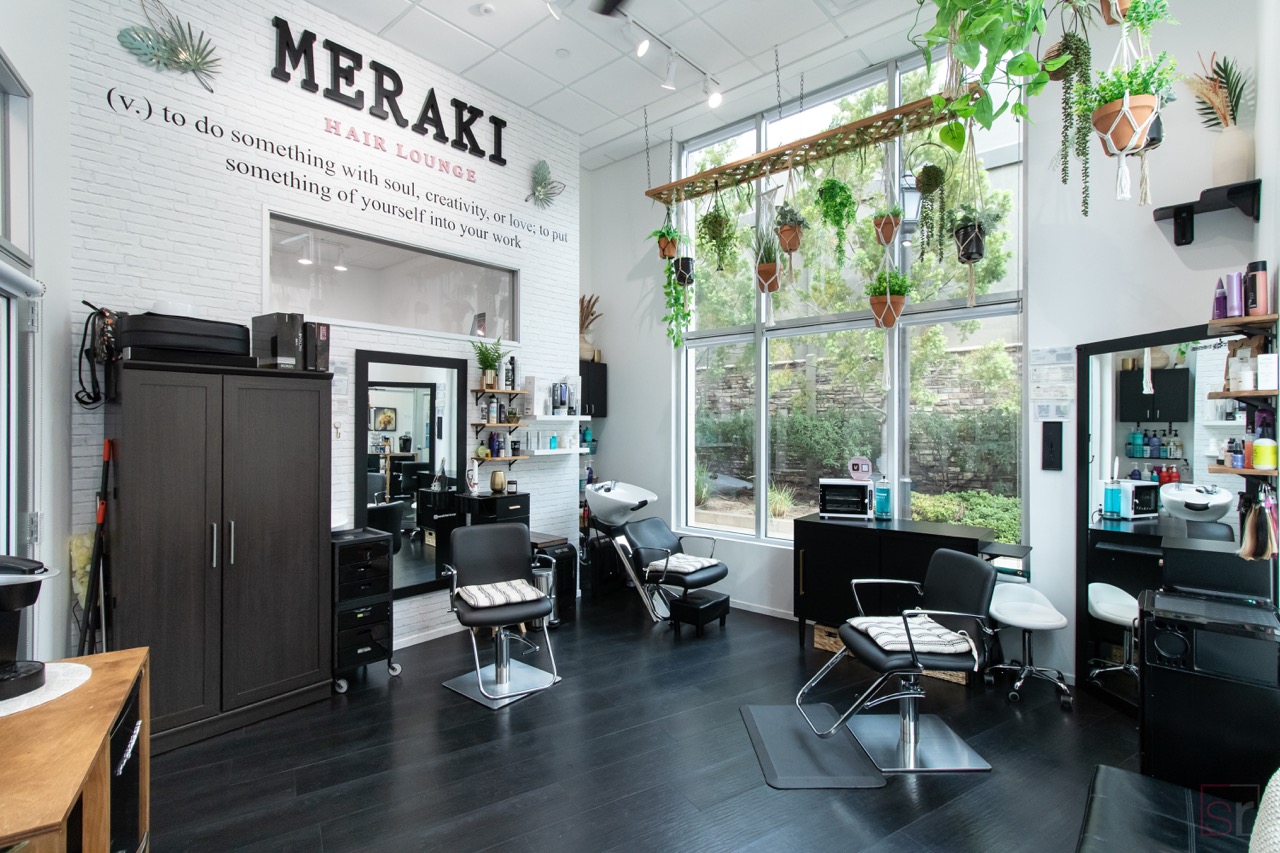
More and more beauty professionals are moving away from the traditional salon or spa setting. Instead of working for someone else, they choose to be their own boss by renting a salon studio. This freedom gives them complete control, taking their career in an entirely new and exciting direction.
Making the leap of faith to run your own business in a salon studio can seem intimidating. While the endeavor is exciting, you’ll also have to navigate new challenges. Knowing what to have in place ahead of time can make the transition easier and set you up for success.
Whether you’re a new or established beauty professional, here are a few things to consider when renting a private salon studio.
Clientele for Your Salon Studio
A client list is important for renting a salon studio. Ideally, you should be fully booked for at least two weeks or more consistently. Keep in mind when you move to a new location, you may lose a small amount of your clientele (about 10%). However, you will be able to set your own prices (i.e., charge more than you are currently) and keep 100% of your service income.
But how exactly do you convince your clientele to follow you? One way is to inform them of the advantages of a salon suite: a curated customer experience, celebrity-level one-on-one treatment, and a more comfortable, private space.
You’ll also want to communicate and keep them involved before, during, and after the transition. Share videos and pictures of the surrounding area of your future location — highlight places they may want to go before or after their visit. Share images of the new decorations and furniture in your salon space. The more your client feels like they are on this journey with you, the more willing they’ll be to follow you to your new salon home.
How to Market Your Services – From Lash Extensions to Balayage
If your client list isn’t where you need it to be, it’s time to hone your marketing skills and strategies. Stylists and estheticians who know how to promote specialized services — like color corrections and ombre microblading — will build their clientele faster. In addition to your website, there are some important marketing platforms to give your business a presence online. Setting up business accounts on Yelp, Google My Business, and Meta Business Suite (along with Instagram) is crucial to help clients find you when they’re searching for a service online.
There are also specific strategies that are effective at growing your business. A few of these include:
- Taking videos or images of your clients. Give them copies of the pictures and tag them on social media so their friends can see your work.
- Keeping your customers up-to-date via email, texts, and social media posts.
- Creating business cards to pass out. Keep some on display in your salon studio for your clients to take and share.
- Purchasing local search ads via Meta Business Suite or Google Ads (not Yelp).
- Launching a referral program for your most loyal clients.
Some salon studio rentals offer business-building classes and a network of like-minded pros. This support can help you develop and grow your brand — all while
staying on top of the latest industry trends.

What Prices to Charge in Your Salon Studio
Once you have a strong clientele, you’ll want to think about a pricing strategy for all your services. Make sure you consider your overhead costs, such as rent and products, and your upfront costs for studio design and any tools or equipment you’ll need. Factor these expenses into your prices, so you know how much you’ll need to make each month to hit your goals. (Remember to include that you will keep 100% of your service income and product sales.)
Setting the right price for your services can be a delicate balance. While lowering your prices so your clients will follow you might be tempting, it’s best not to sell yourself short. Instead, share your enthusiasm with your customers and make them excited to come along with you on your new venture.
You may want to increase your prices to cover the new business costs in your first year. For your current clientele, make the increase slight to help keep them during your transition. A higher increase can be made with new clients, as they’re not familiar with your old prices.
If you’re not looking to raise your prices, another option is to find a salon space for rent that takes care of all the startup expenses, like utilities, Wi-Fi, and laundry services.
Tools and Software to Use for Your Business
When moving from a traditional salon or spa to a private salon suite, you must figure out what tools, products, and software you’ll need to run your business. In particular, processing payments and appointment scheduling will be a significant part of your day-to-day.
To make it easy for your clients to book your services, consider using booking and payment processing apps like GlossGenius, Square, or Booksy. These apps let your clients book from Google, Instagram, and Facebook, in addition to your website. They also enable you to collect booking deposits and multiple payment types for your services.
Many of these apps have built-in client management features, so you can communicate and keep track of a customer’s visit history all in the same place. This gives you valuable insight into the clients and services, bringing you the most revenue!
How to Get the Bookkeeping Right
When renting a salon studio you’ll want to run a tight ship regarding your finances. Things to consider include the following:
- Reviewing your rental agreement, ensuring you understand it thoroughly and everything is in order.
- Keeping your paperwork and other records meticulously organized and tracking your earnings and expenses is especially important since you’ll be filing taxes for your business.
- Working with a good accountant familiar with independent contractors is a bonus, especially if they have experience working with beauty pros.
While some beauty pros use a good old-fashioned spreadsheet to keep all their ducks in a row, accounting software such as Quickbooks is an efficient way to handle your finances. These applications offer many features beyond tracking your day-to-day income, such as mileage tracking, receipt capture, tax preparation assistance, and even business funding and loan applications.


